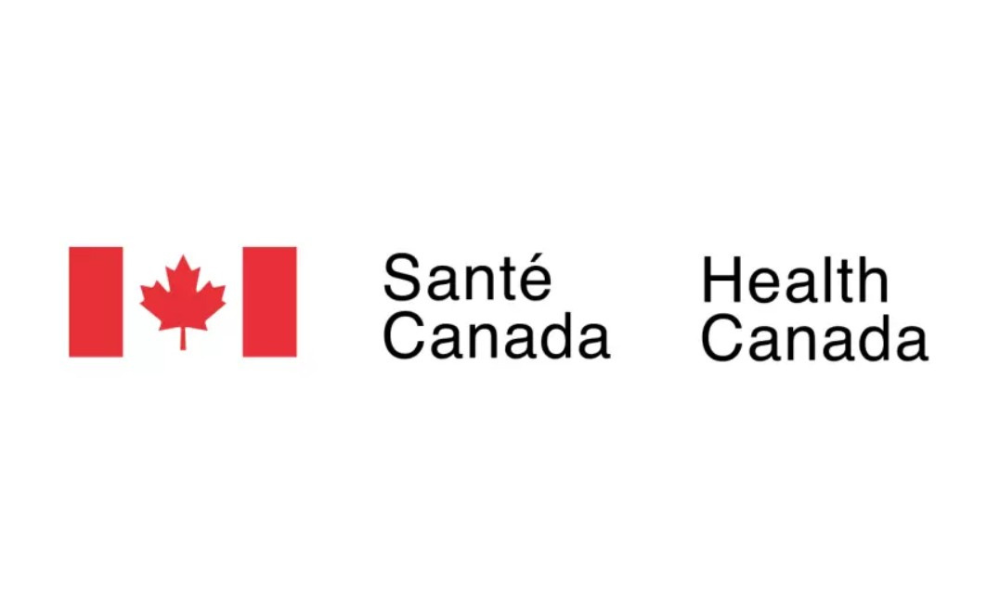DEI initiatives seem to have lost the momentum gained in the last year


With Black History Month, Women's History Month and Pride Month now well behind us, the issue of Diversity, Equity & Inclusion (DEI) within the workplace seems to have lost the momentum that it gained at the beginning of the year.
Granted, the past year was unlike any most of us have ever seen.
A global pandemic the likes of which we have not experienced in our lifetimes, and it could also be said that it was also a year of reckoning for social justice issues that continued into the first half of 2021. This article will touch on the significance DEI plays in the role of a health and safety practitioner.
What is Diversity, Inclusion & Equity?
Before we get into details, ground rules are necessary. Diversity, Equity & Inclusion are usually grouped but have different distinct meanings. Different people will have different definitions of what they mean, the below definitions are what are referred to in this article.
Diversity: This is what makes people different i.e., race, gender, religion, ethnicity, socioeconomic status and so on.
Equity: Creating fair access to opportunity, advancement, and treatment to all the different types of people.
Inclusion: Is being valued, welcomed, and having a sense of belonging to being an organization/company/group.
Why does this matter?
The goal of safety professionals has always remained clear, providing a safe workplace for all employees. This however does not only mean the physical health and safety of works but mental health as well.
Safety professionals need to evolve and should have a DEI lens to be able to appropriately protect everyone within the organization. This is because inequities exist within organizations, just as society at large and not everyone is subjected to the same type or amount of risk even if they have the same job.
A basic example of this is employees who have challenges in language and understanding training can result in both mental and physical barriers to safety that another colleague in the same position may not face. Safety professionals should identify those who have disproportionate risk and try to rectify and address it with the appropriate controls.
Another example is the role of unconscious bias when an employee is reporting potential issues/hazards.
An important note is that unconscious bias is exactly that, UNCONSCIOUS. It does not always align with one’s beliefs which makes them even more essential to pay attention to.
Benefits of DEI
As for safety professionals, supporting DEI and associated initiatives is essential. DEI can have direct, tangible benefits on organizational performance and the health and safety of employees. Workplaces with strong and successful DEI programs have been shown to:
- Reduce poor health conditions (e.g., musculoskeletal disorders, depression, anxiety),
- Have employees who are more engaged with work,
- Have employees with higher job satisfaction,
- Better level of trust in leadership within the organization.
This creates a workplace with strong psychological safety which is essential for a safe and healthy workplace. There are a couple of beneficial standards for developing psychological health and safety at work such as CSA Z1003-13, The National Standard of Canada for Psychological Health and Safety in the Workplace or ISO 45003: 2021 Occupational health and safety management — Psychological health and safety at work.
Where to start?
Although the benefits of DEI are clear, a common question is how to go about this. Although there is no definitive method and this article is not a best-practices piece, creating a strong inclusive culture is difficult, will affect almost every aspect of an organization and must have executive leadership support. Here are a couple of suggestions to get you and your organization started.
- Executive Leadership Support/Buy-In – For DEI programs to truly have a consequential impact on an organization, it requires executive leadership to commit and set the tone for the organization.
- Systematic Top-Down Approach -Words and commitments can only go so far, most companies with successful DEI programs will have systematic approaches. This can include creating DEI steering committees, people or culture programs and robust hiring, onboarding programs and performance management.
- Identify and measure indicators of success – The old cliché: “What gets measured gets done.” This certainly applies to DEI. When you measure something, it can indicate performance and more importantly the information you need in order to make sure you achieve what you set out to do.
- Effective Education and Training – Ensuring that employees are trained and are aware of the importance of DEI to the organization is essential. This is usually done as a part of new hire orientation or onboarding and regularly scheduled refreshers.
- Communicate – Communication can be the make or break for a lot of DEI initiatives. This includes communication to staff, external stakeholders, and the community at large. Good communication improves the understanding of initiatives and increases engagement.





